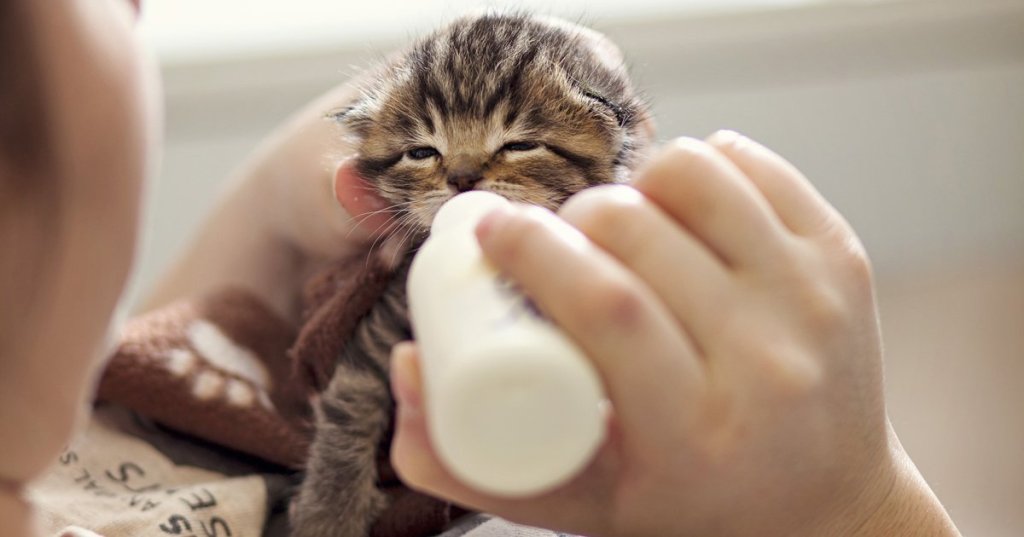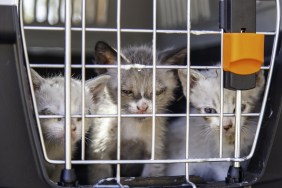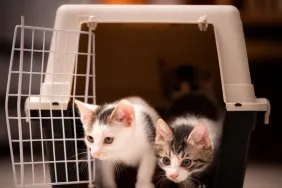No matter where you look, newborn kittens are the number-one at-risk group of animals entering shelters. Tiny and fragile, they are susceptible to infectious diseases and require around-the-clock nursing to survive. In many shelters, they are simply euthanized because shelter staff doesn’t have the resources to care for them.
That story is changing at some shelters around the country, though. They are addressing the high kitten death rate by establishing kitten nurseries where the little felines can receive the care they need until they’re old enough to be spayed or neutered and put up for adoption.
“Kitten nurseries take life-saving to the next level for animal shelters,” says Martha Smith-Blackmore, DVM, vice president of animal welfare at Animal Rescue League of Boston. “Newborn kittens are precious and delicate. By providing a dedicated care space and caregivers, animal shelters can save vastly more lives for the most vulnerable animals among us.”
The kittens cared for may have been found outdoors, relinquished by people who can’t care for them, or transferred from other shelters that don’t have the resources or infrastructure to set up a kitten nursery, says Jenny Bonomini, nursery supervisor for San Diego Humane Society and SPCA, which has cared for nearly 5,500 kittens since opening its nursery in 2009.
Kitten season — or as you might know it, spring and summer — varies in length in different parts of the country and can determine whether a kitten nursery is needed seasonally or full time. In warm, sunny areas such as Los Angeles, San Diego, and Florida, it can go almost year-round with a slight slowdown in winter months.
Running a nursery requires the help of many volunteers to help bottle-feed and clean up after the kittens. At No-Kill LA, a Best Friends Animal Society initiative that started a kitten nursery in 2012 and expects to care for at least 1,800 this year, more than 200 active volunteers put in at least four hours a month at the kitten nursery and still more are needed. Jacksonville Humane Society in Jacksonville, Fla., which is predicting an influx of 1,500 to 1,600 kittens this year, aims to have two to four volunteers per shift for three shifts a day, seven days a week.
“We don’t always meet that, so some days the staff works harder than others,” says JHS executive director Denise Deisler. She says a Kitten University newsletter and keeping the cupboard well supplied with snacks helps to keep volunteers engaged.
Shelters with nurseries also rely on foster homes. If kittens can be raised in a home environment they are less likely to contract infectious diseases, and it gives them a head start on socialization. Combining a nursery with a foster program helps to relieve the strain on staff and foster caregivers.
“It made it easier for us to attract foster parents because we could assure them that while bottle-feeding babies isn’t a simple task, it was a very short task and we would bring the kittens into the nursery as soon as they weaned them from that bottle,” says Marc Peralta, executive director of NKLA. Foster caregivers who work with NKLA, Jacksonville Humane, and other shelters are provided with kitten kits that include formula, litter boxes, litter, care guidelines, and other necessities.
Once they reach two pounds or two months of age, kittens can be spayed or neutered and adopted. Seeing them go to new homes is one of the most fulfilling parts of his job, Peralta says.
“If we can get them to the two-month point, they’re highly adoptable,” he says.
-
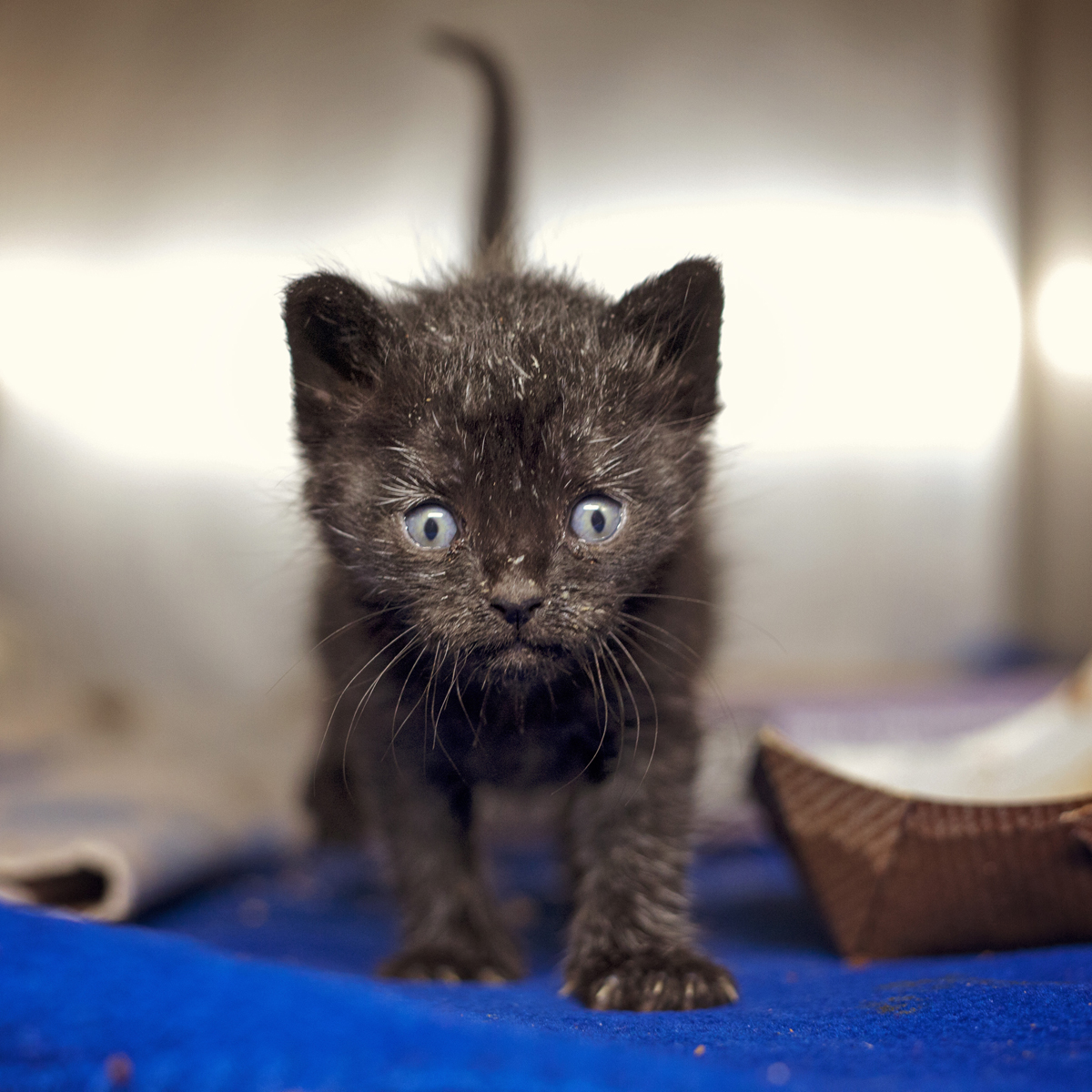
A newborn black-and-grey kitten at the Best Friends Pet Adoption & Spay/Neuter Center Kitten Nursery in Los Angeles. (Photo credit: Lori Fusaro/Best Friends) -
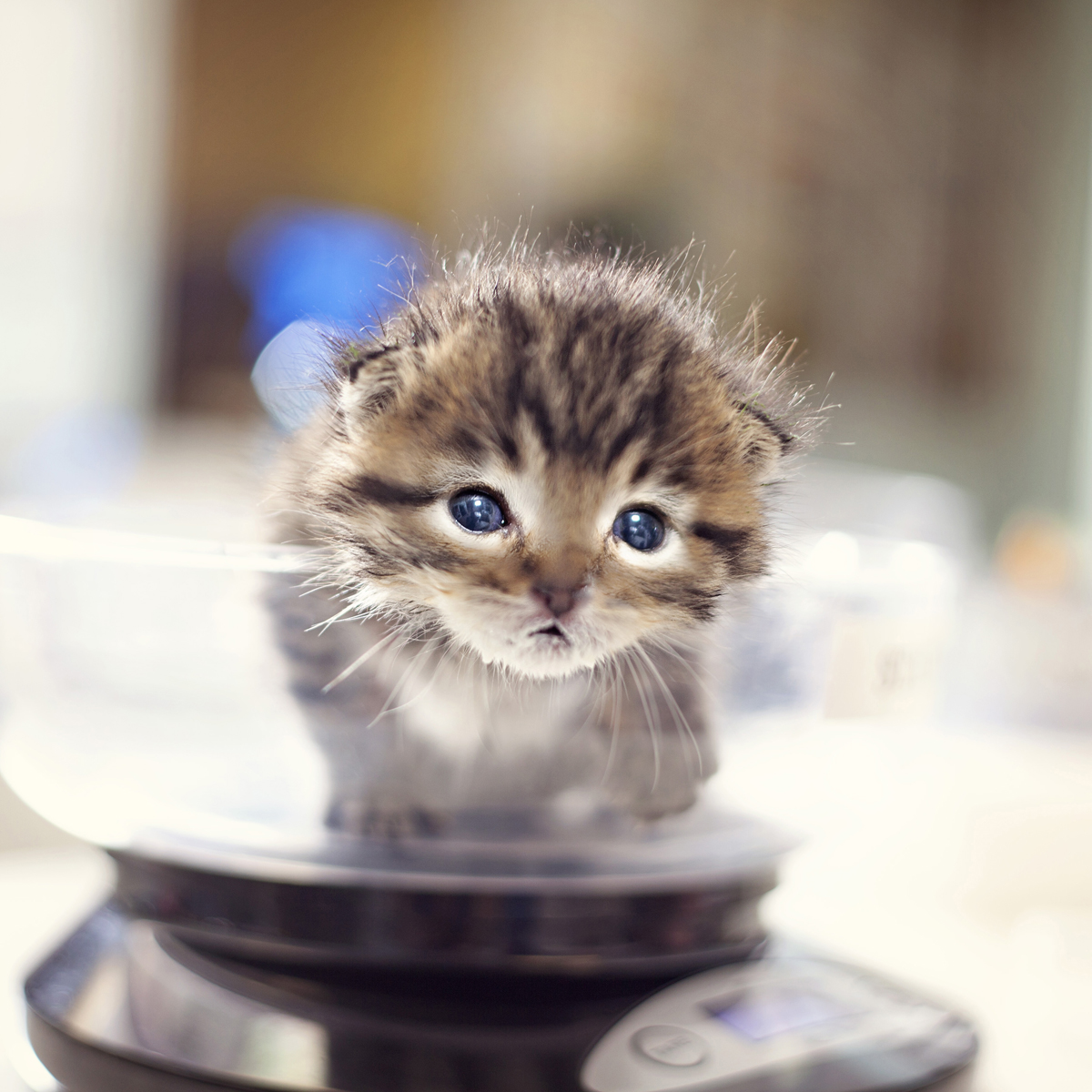
A newborn kitten gets weighed at the Best Friends Pet Adoption & Spay/Neuter Center Kitten Nursery in Los Angeles. (Photo credit: Lori Fusaro/Best Friends) -
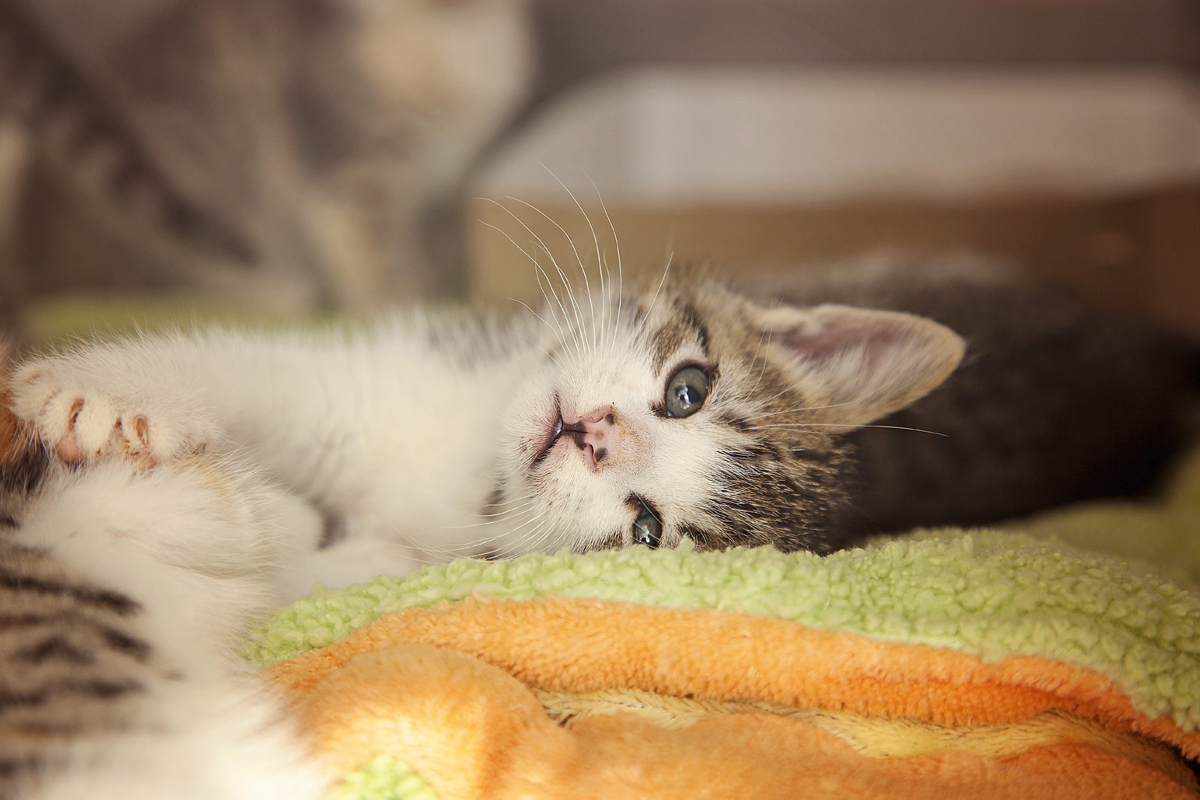
A newborn kitten gets some rest at Best Friends Pet Adoption & Spay/Neuter Center Kitten Nursery in Los Angeles. (Photo credit: Lori Fusaro/Best Friends) -
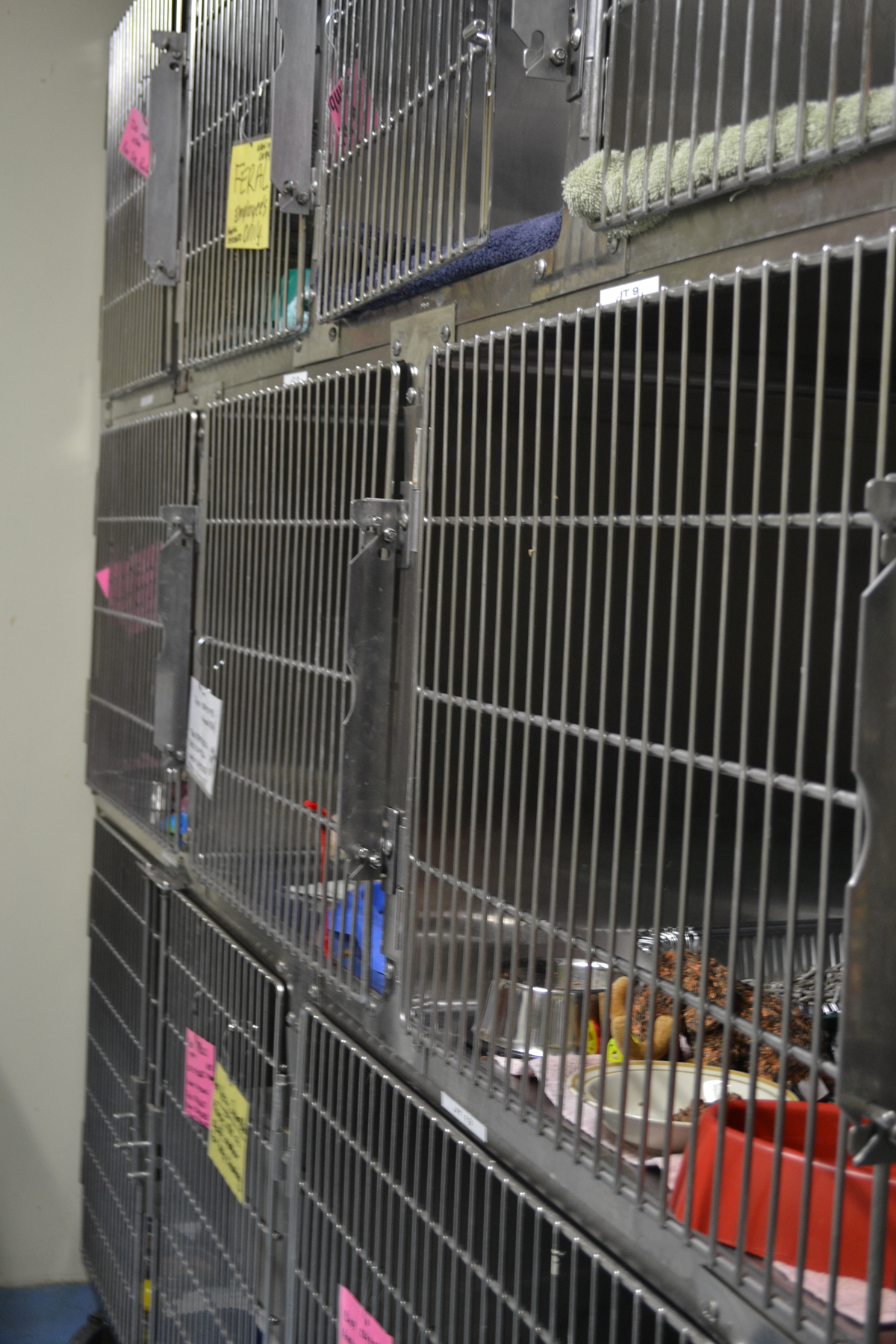
The JHS plans on two to four volunteers per shift for three shifts a day, seven days a week. (Photo credit: Jacksonville Humane Society) -
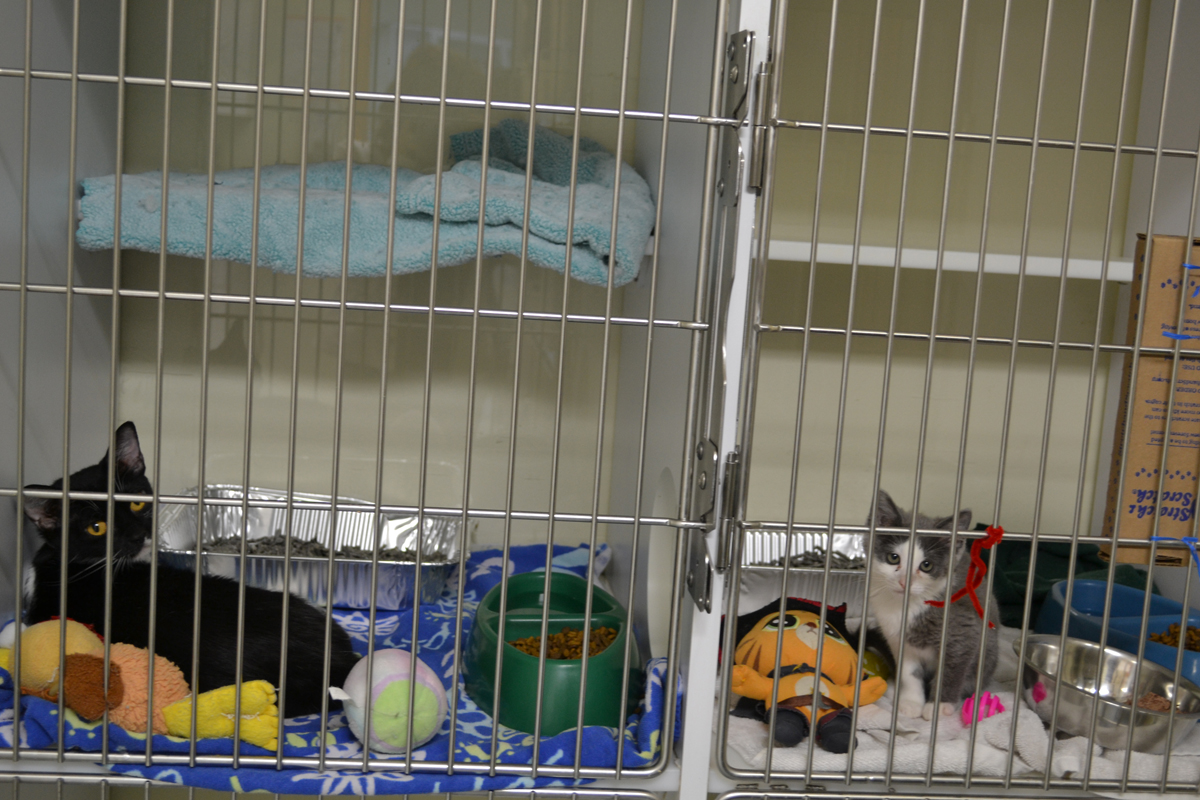
The JHS predicts as many as 1,600 kittens will enter its facility this year. (Photo credit: Jacksonville Humane Society) -
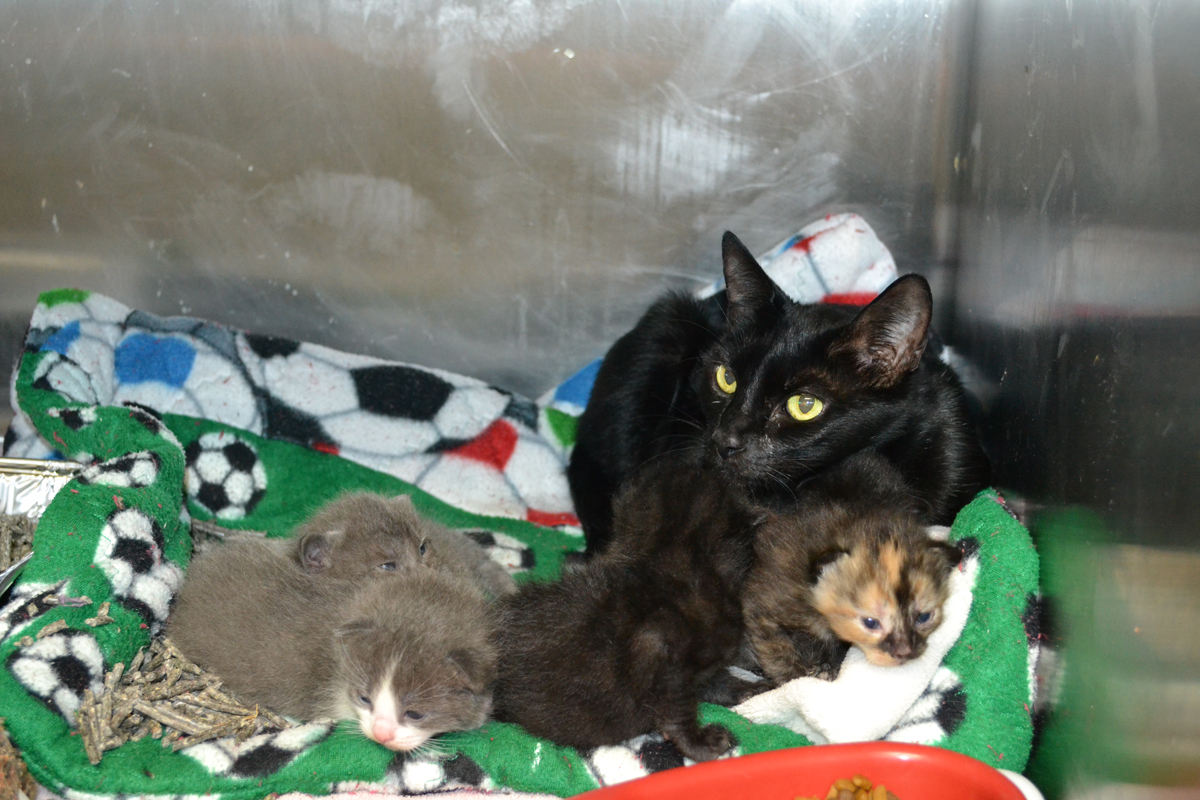
A mother cat watches over her kittens. (Photo credit: Jacksonville Humane Society) -
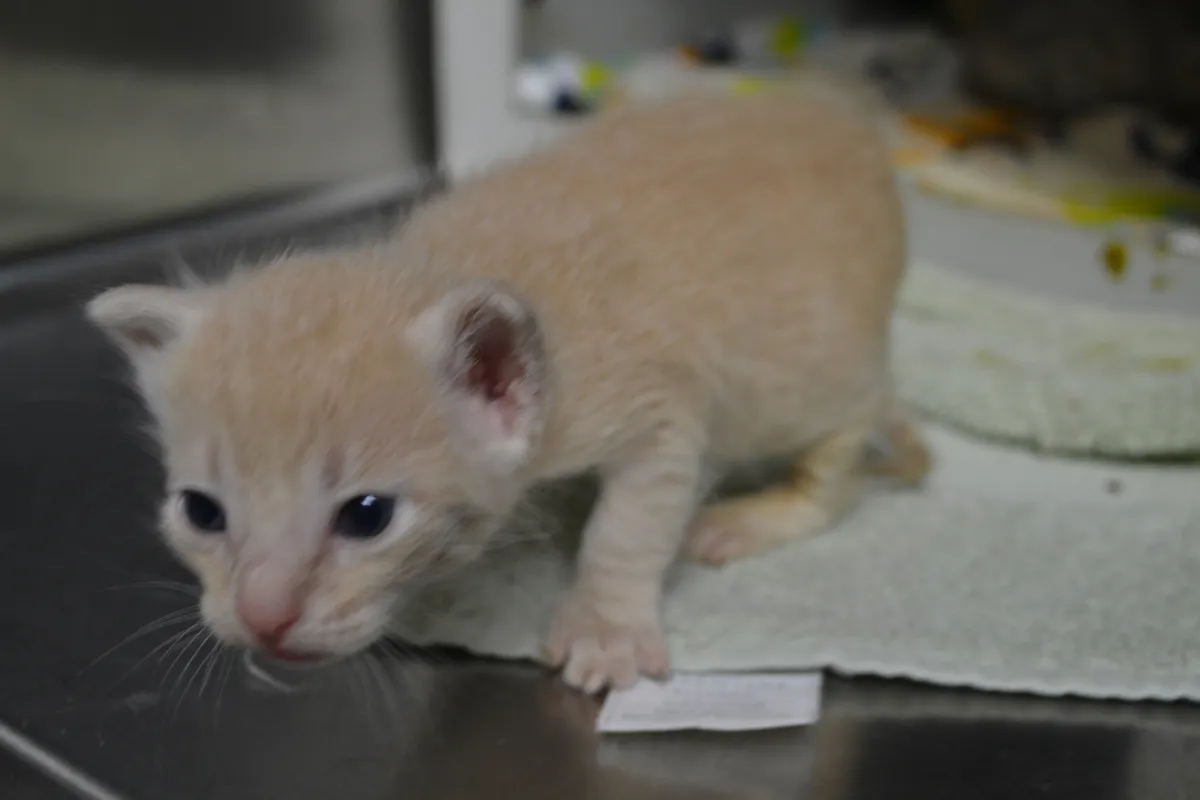
A newborn kitten takes some uneasy first steps. (Photo credit: Jacksonville Humane Society) -
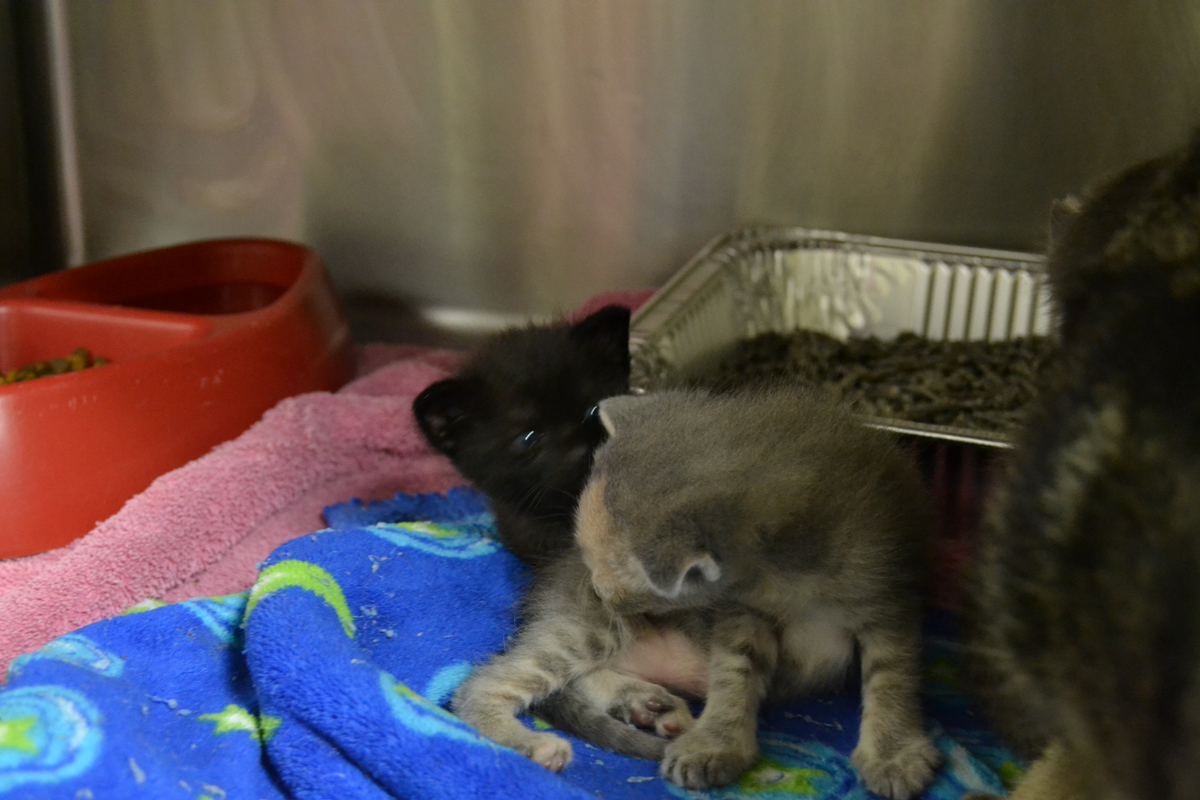
Two newborn kittens learn to play. (Photo credit: Jacksonville Humane Society) -
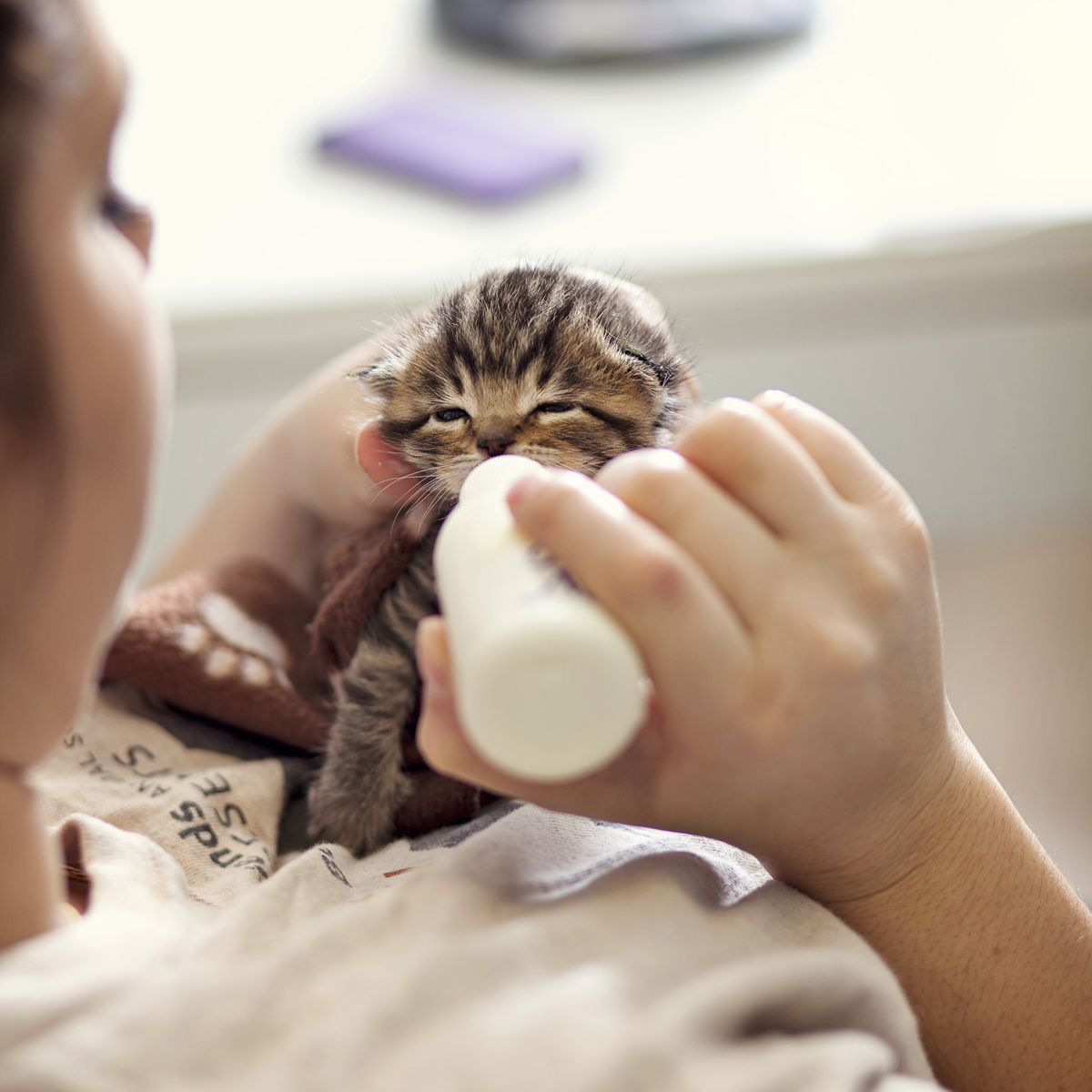
A newborn kitten is bottle fed at Best Friends Pet Adoption & Spay/Neuter Center Kitten Nursery in Los Angeles. (Photo credit: Lori Fusaro/Best Friends)
